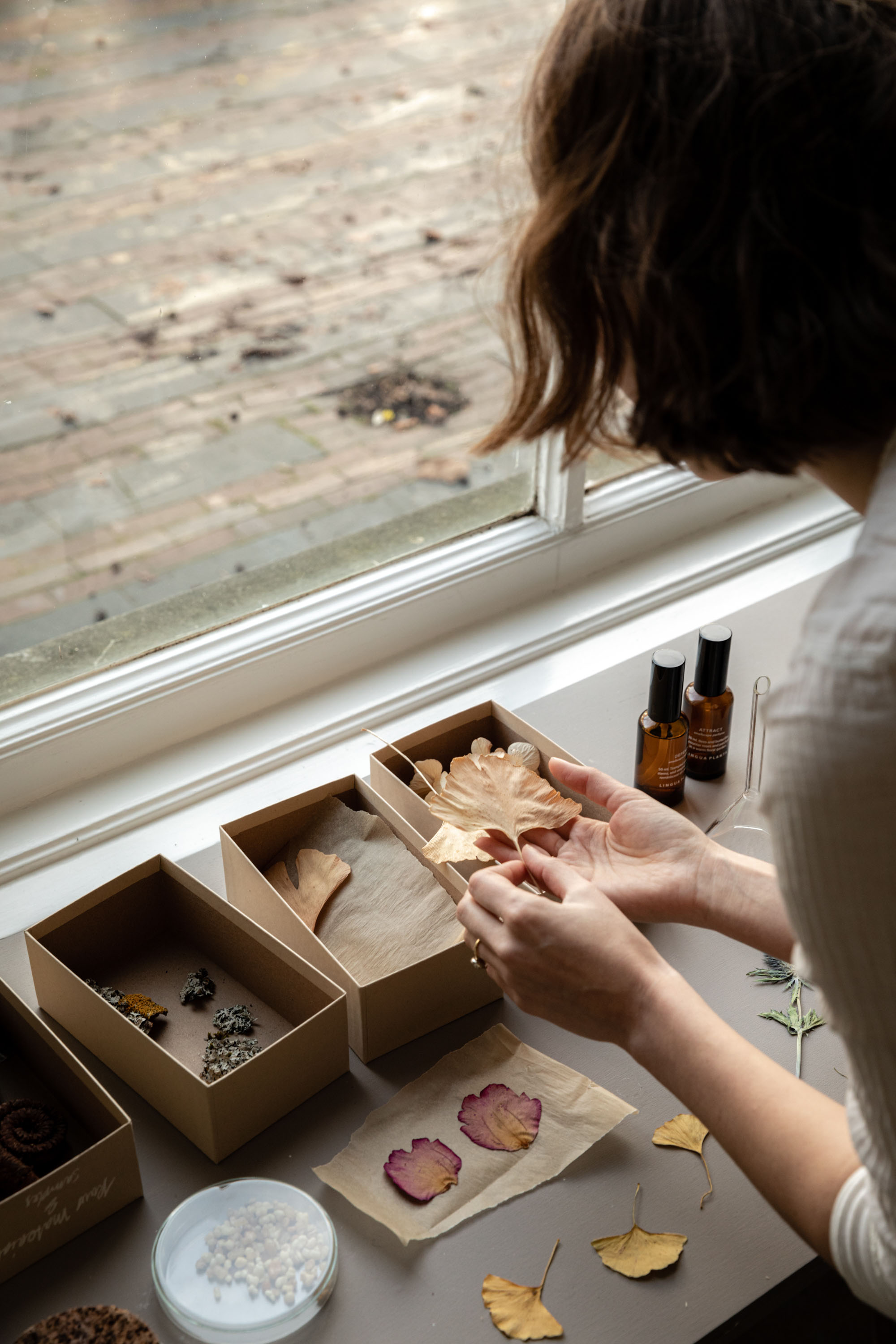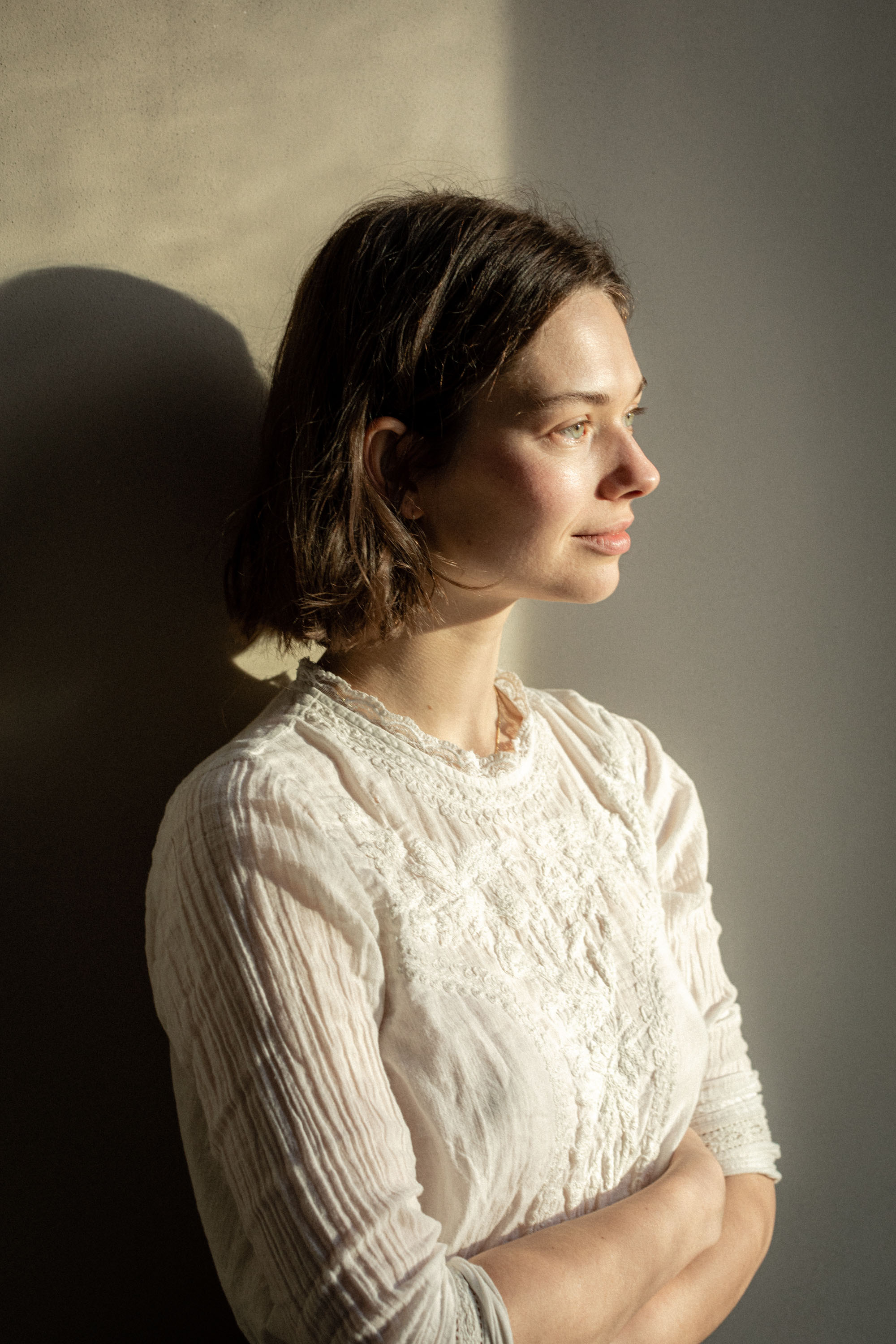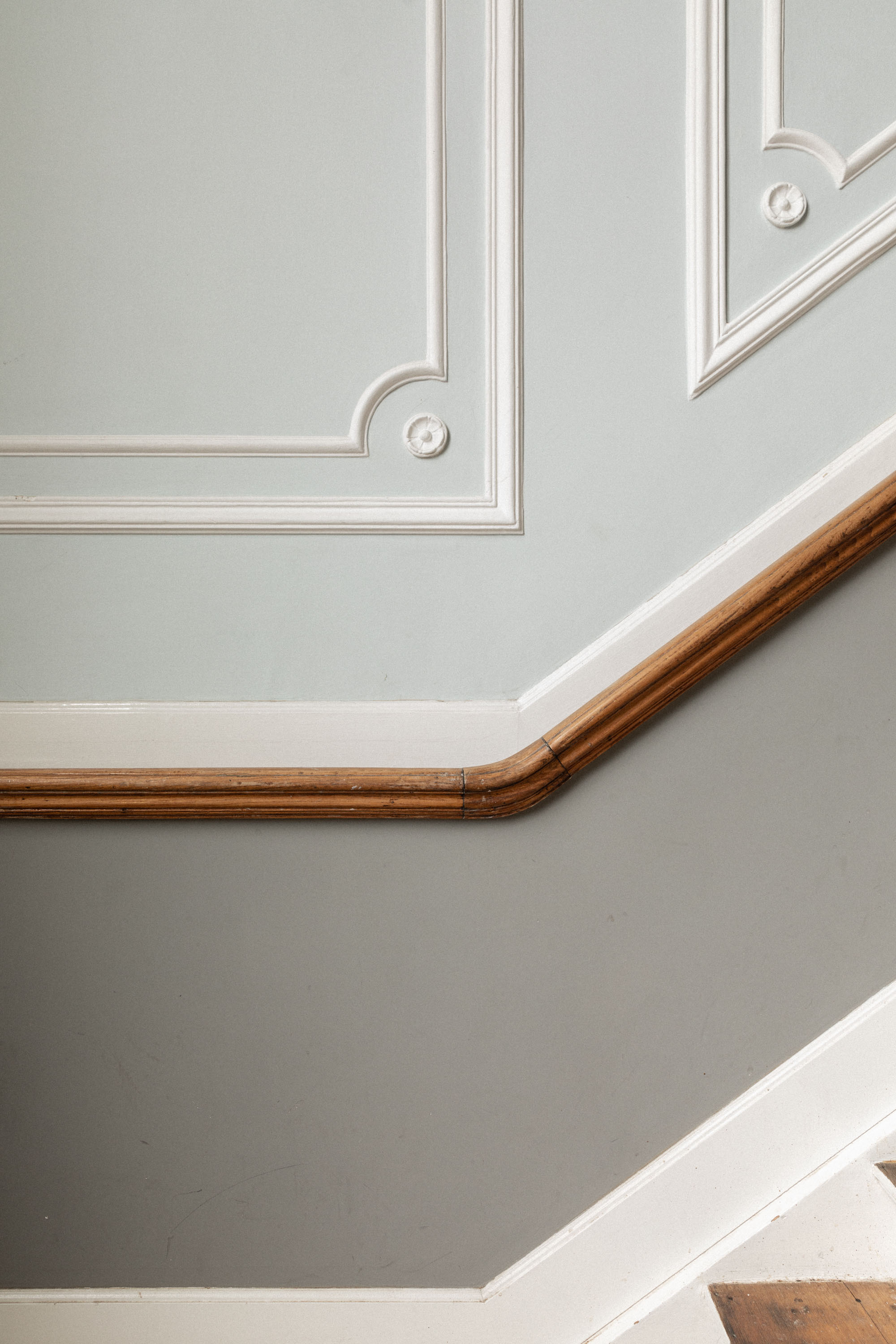I reluctantly ring the doorbell under an old sign that reads Gemeentehuis or ‘City Hall’ – am I at the right place? Merle Bergers opens the door smiling; there’s a gracefulness about her, reminiscent of her years of modelling work.
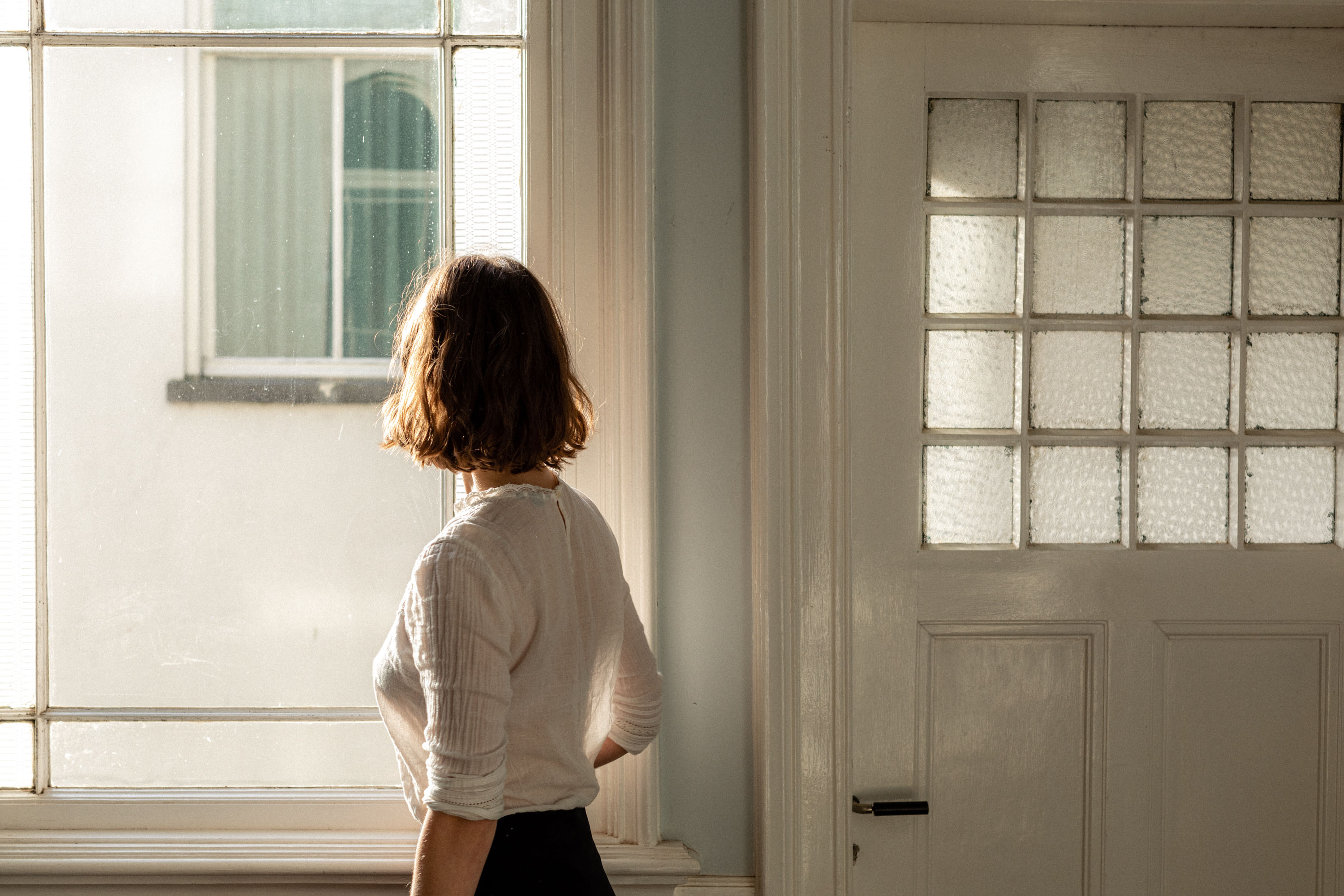
I hang my coat and she leads me past an imposing staircase, the old wooden handrail leads my gaze up to a landing where the sun shines in so delicately – I can understand why Merle refers to this as one of her favourite places in the house. In her studio space, which occupies one fourth of the ground floor, my eyes are drawn to a cabinet on one side of the space, the small bottles of fragrances that fill the shelves are clues of her life’s work. As Merle pours a cup of tea, I walk over to the larger cabinet of curiosities on the other side of the room; at a closer glance, I realise those curiosities are her own bottled perfumes, Lingua Planta.
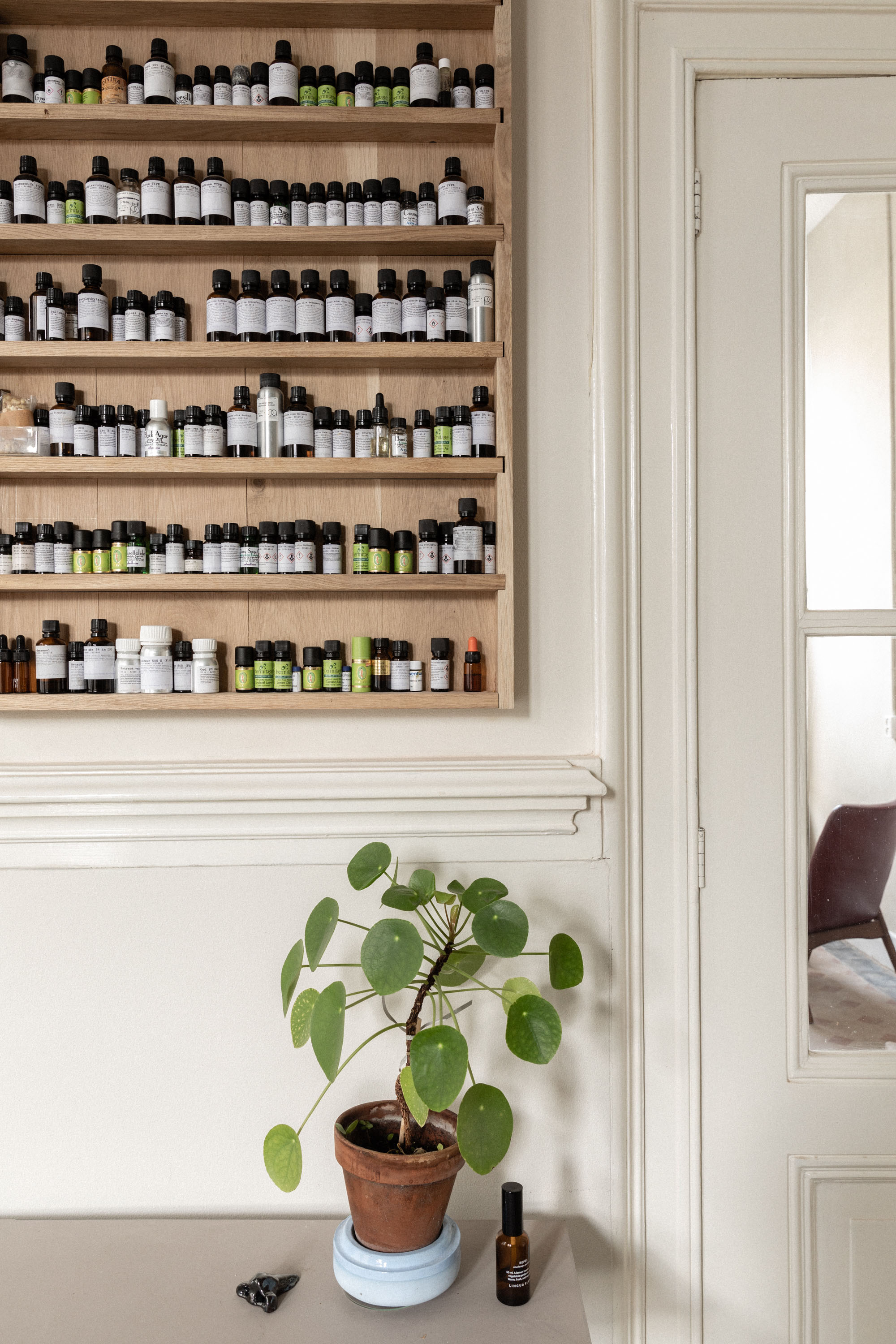
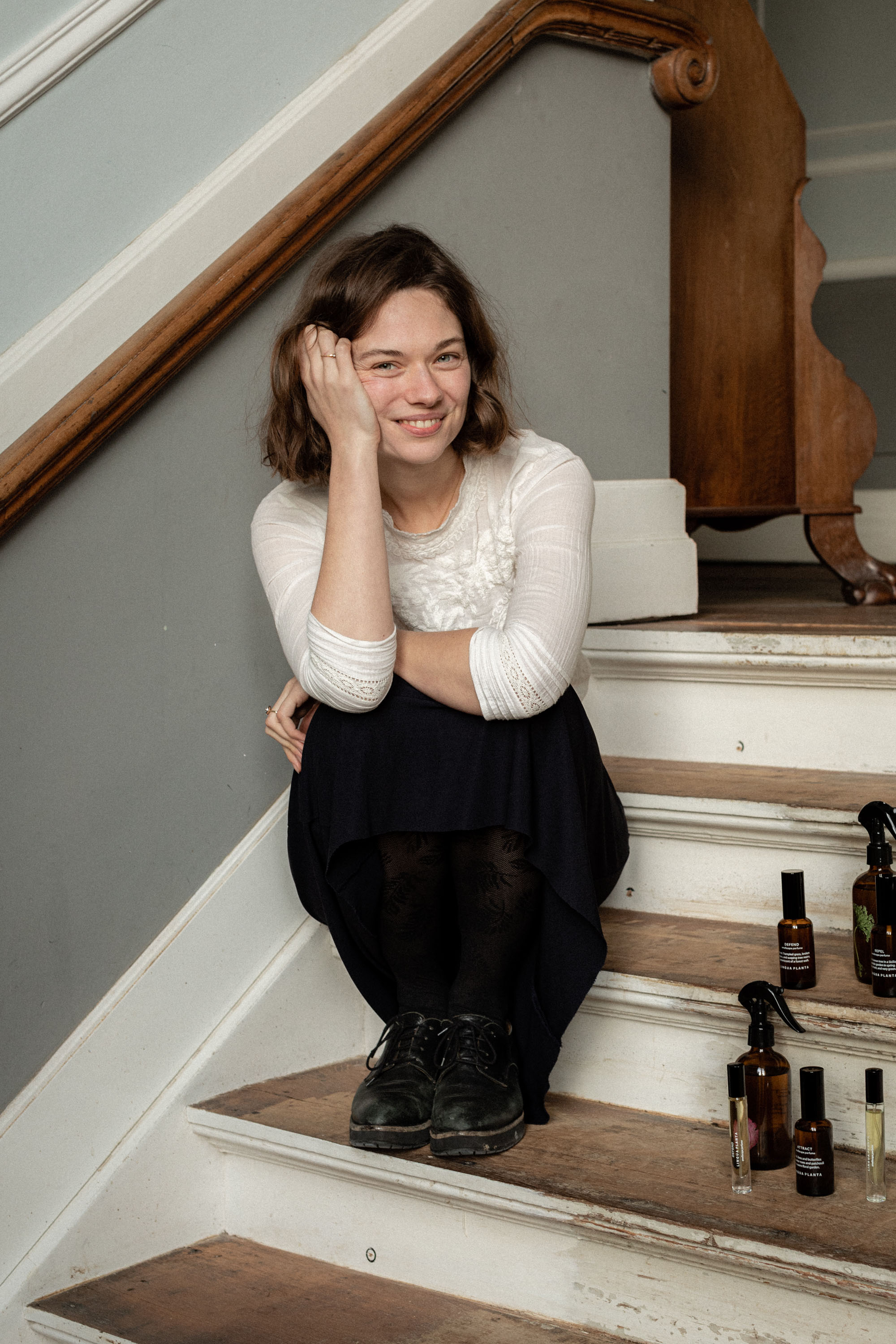
It is here, in this former city hall turned post office, police headquarters and school in the town of De Bilt, the Netherlands, that conceptual designer Merle Bergers has created her workspace and her home. After travelling the world as a model for several years and completing her studies at the Design Academy in Eindhoven, Merle found refuge in this 1884 Neo-Renaissance gem, complete with original details including the town’s coat of arms on the walls and angels that adorn the ceiling decor. She shares the 850m2 space with her boyfriend Joris Tideman and two other families, including a 14-year-old girl, a one-year-old and a new-born baby. “We had always talked to our friends about sharing a house, and when we saw the opportunity to live here together, it couldn’t have been more perfect.” While each family has their own living spaces, a communal kitchen brings everyone together on the second floor.
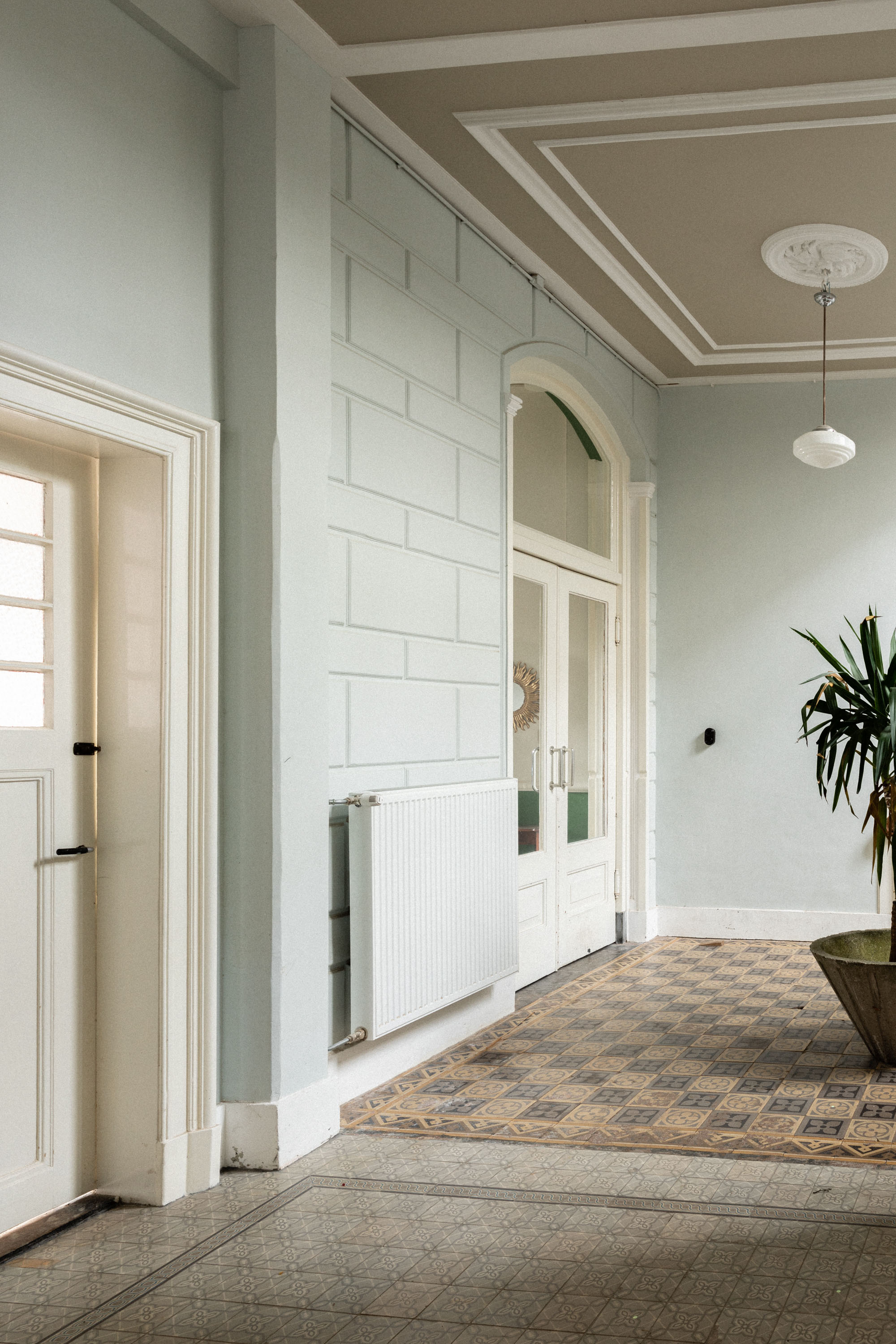
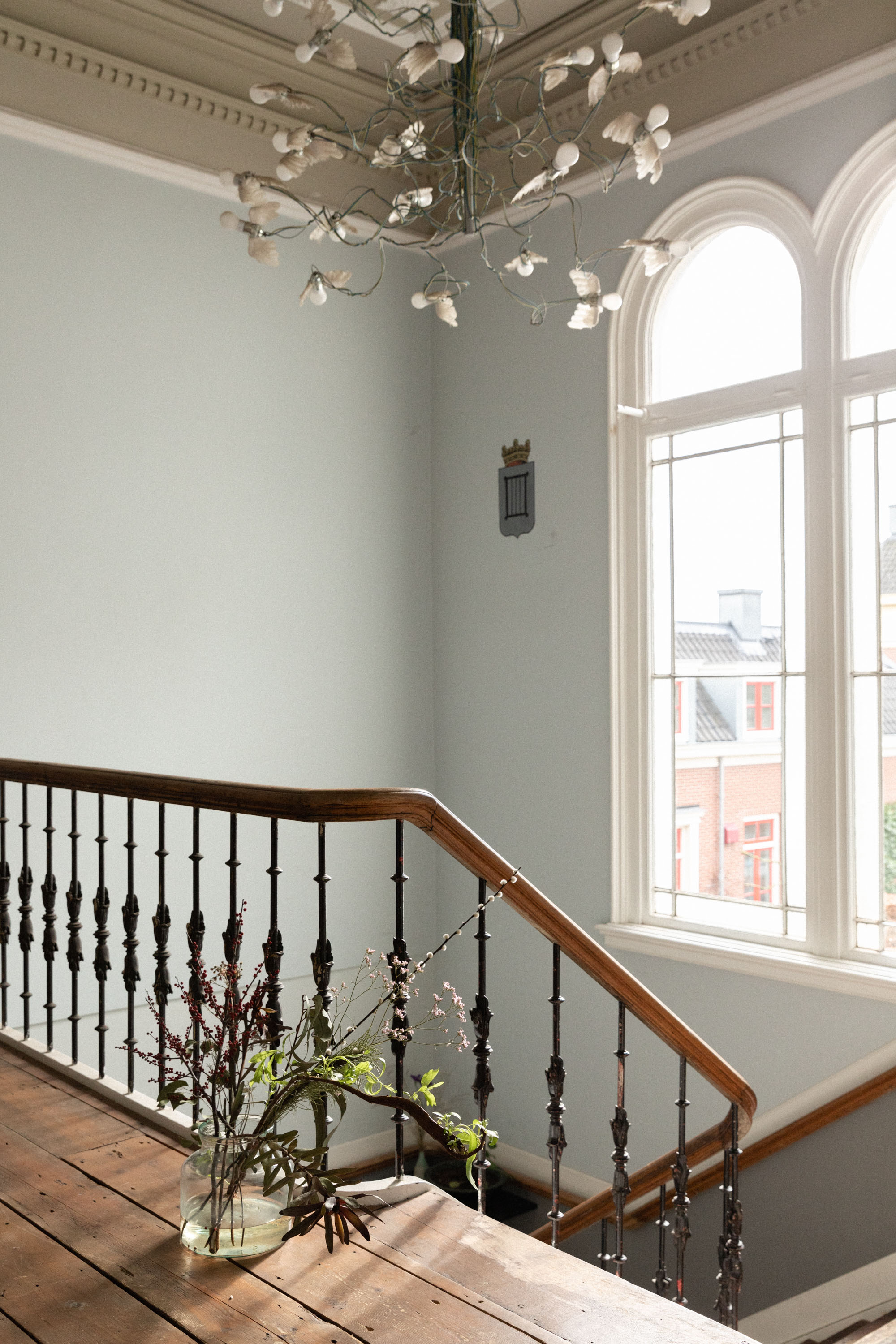
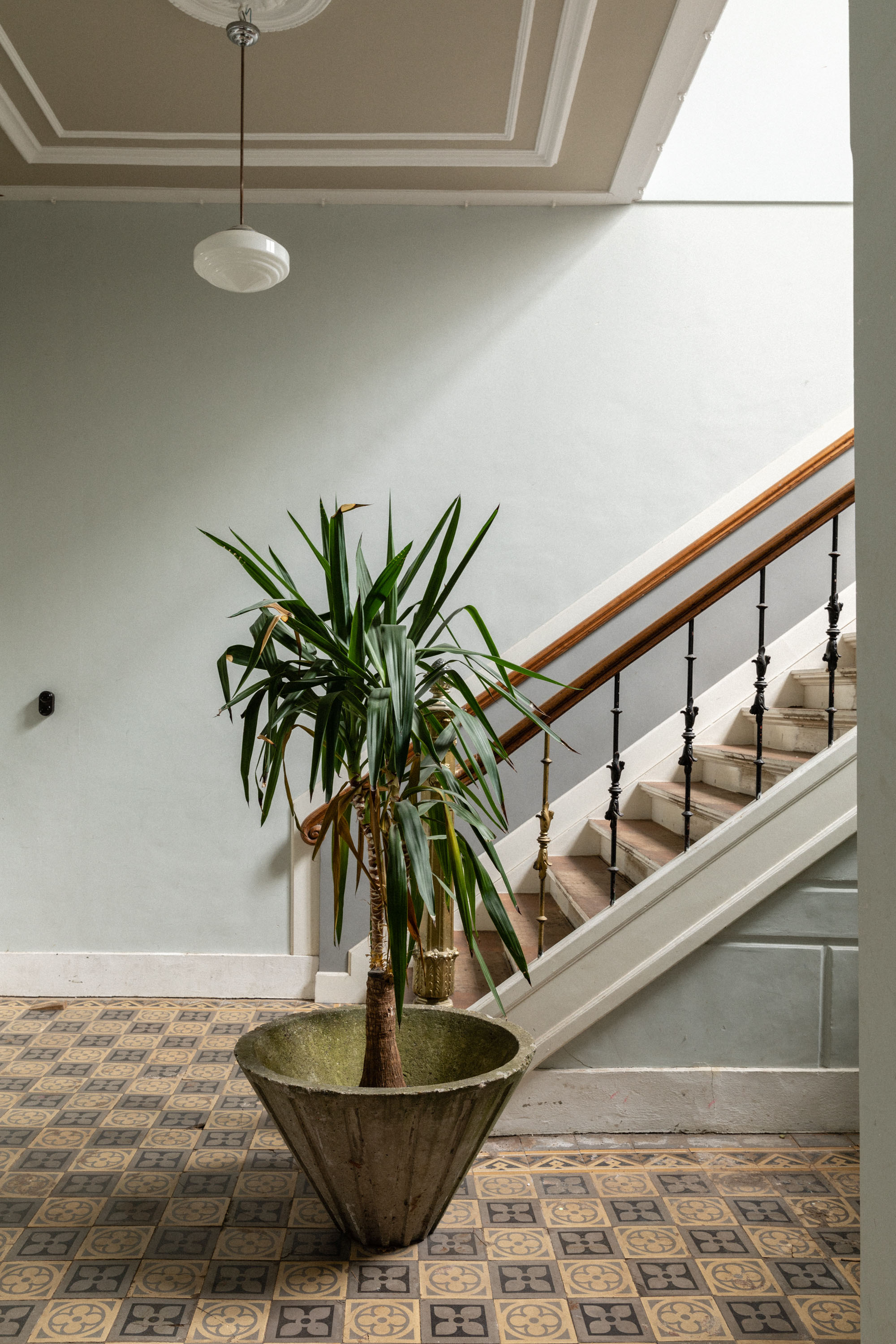
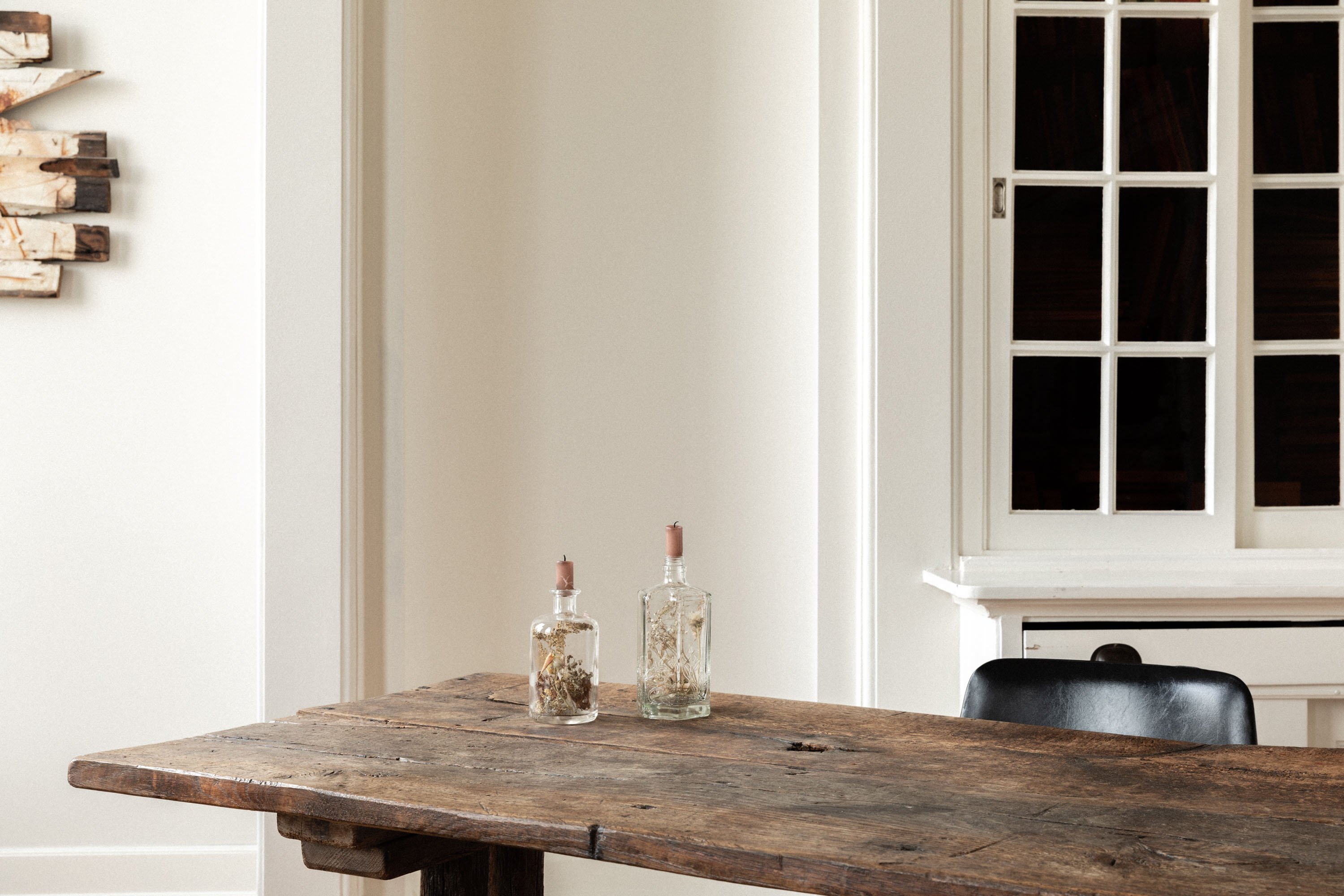
Merle’s work is similarly multi-layered in its essence. While beautiful in their own right, her bottled perfumes tell the story of plant sentience, the notion that plants communicate with one another, with fungi and with animals by releasing chemicals via their roots, branches, and leaves. “By researching plant sentience and more specifically how plants communicate, I was hoping I would connect with and understand better what they are – and share that with others.” Merle created three perfumes based on the three reactions that plants have: Attract (a fresh, rose-like perfume based on the way flowers attract pollinators with their floral molecules), Repel (invoked by the invigorating scent of vetiver, bergamot, galbanum, and citrus oils) and Defend (in which cedarwood, the smell of fresh-cut grass, oakmoss and agarwood invite us to think about the regenerative aspects of a forest).
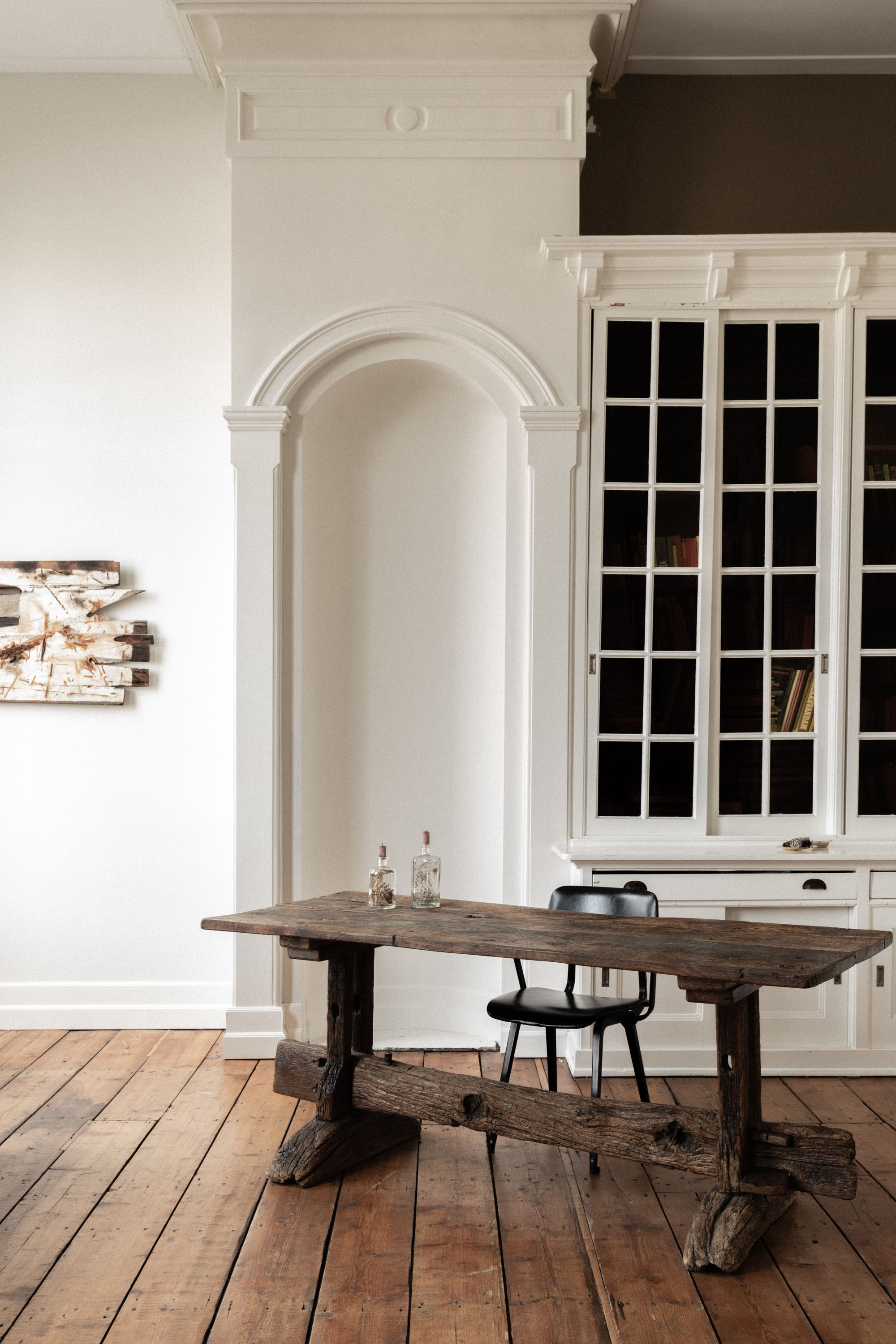
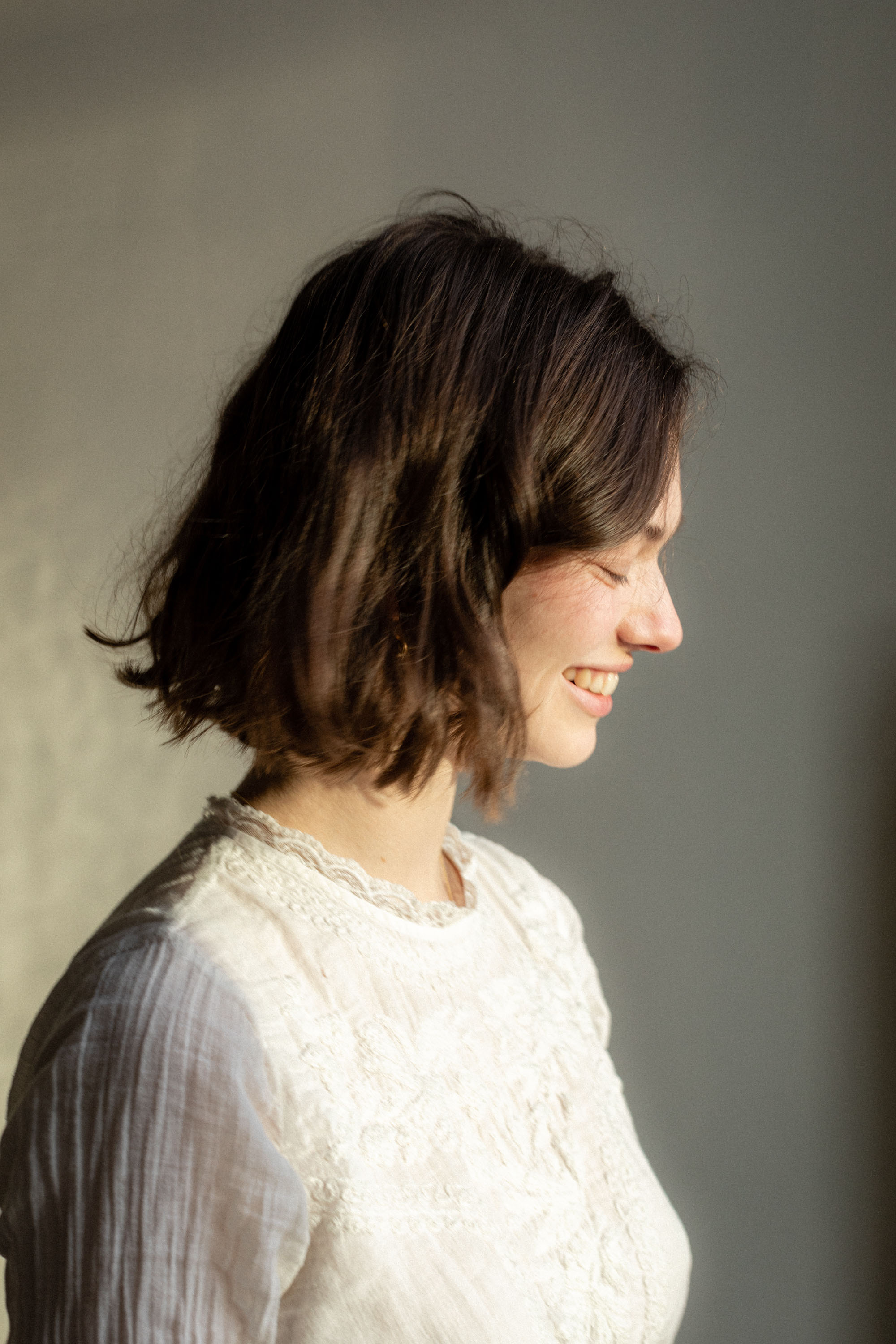
Mixing and making have been a part of Merle’s life since she was a young girl. Growing up in a small forest in Enschede, near the German border, nature had always been an important part of her life; she remembers playing outside with her brother, learning about spices in her grandmother’s garden, and concocting ‘witches brews’ and perfumes with rose petals. It wasn’t until Merle was asked about her youth by a professor in her third year of art school that she embraced her childhood fascinations. “I found much more of a real connection to my environment and the world around me than the solutions I tried to force for problems that were so much greater than I was.”
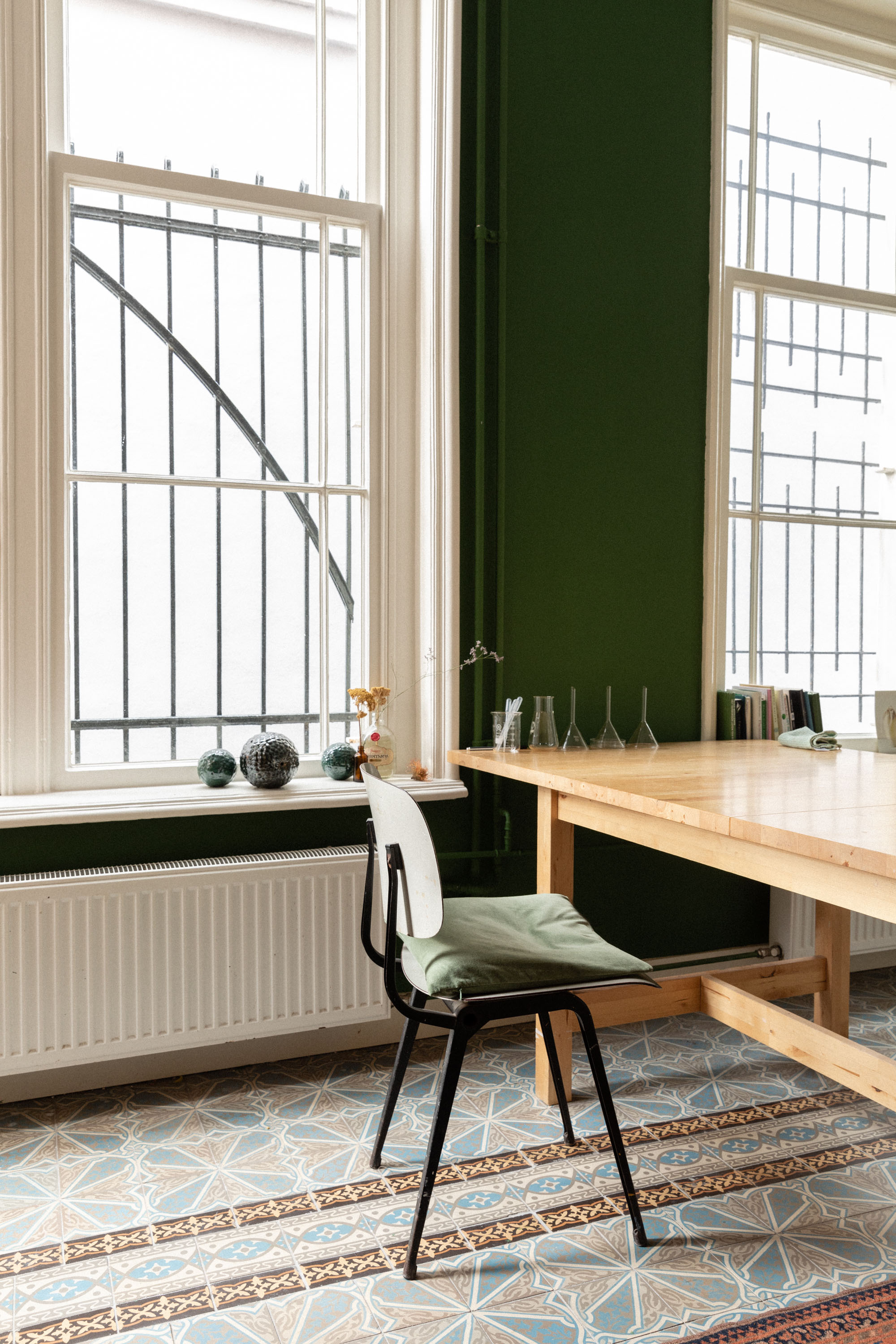
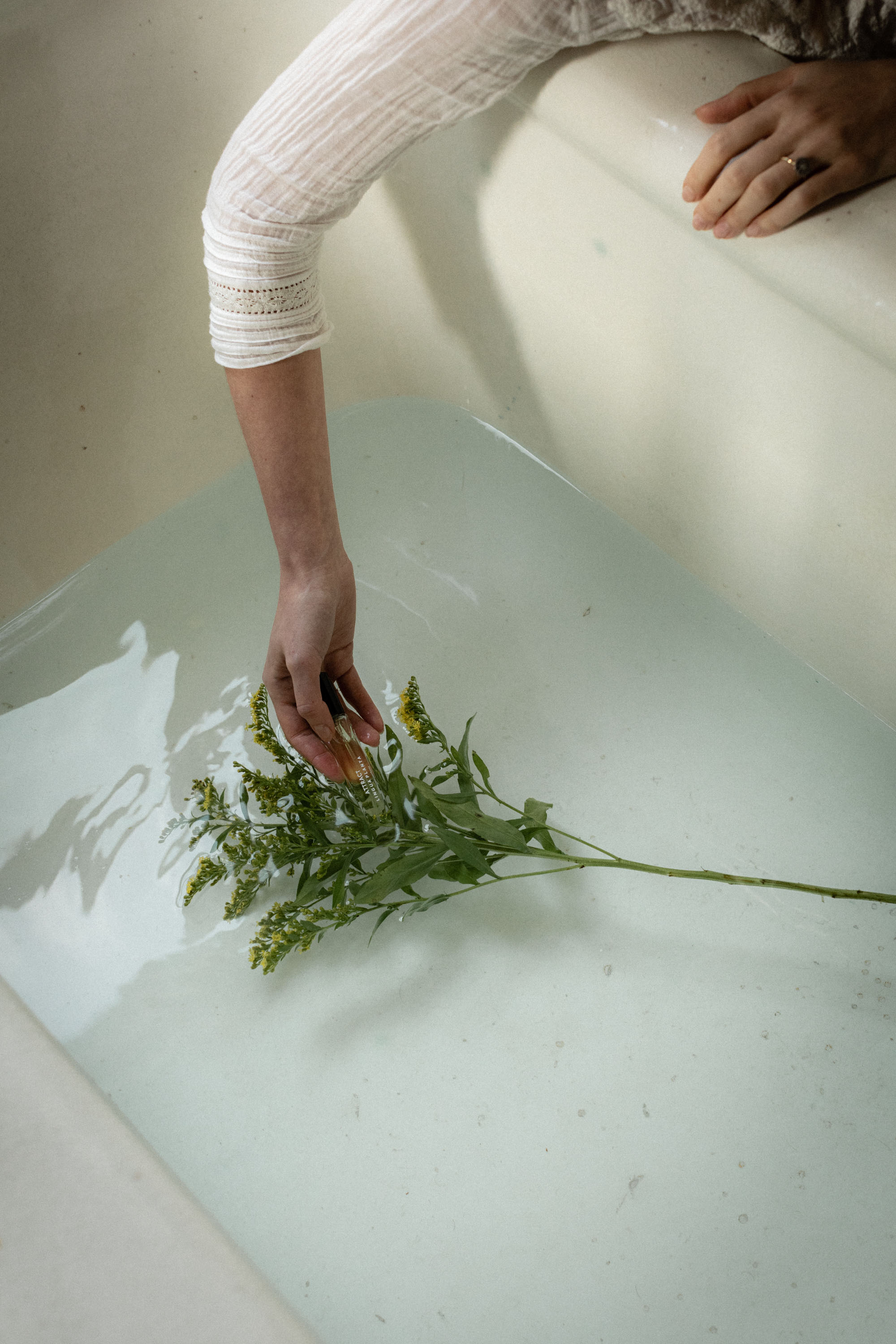
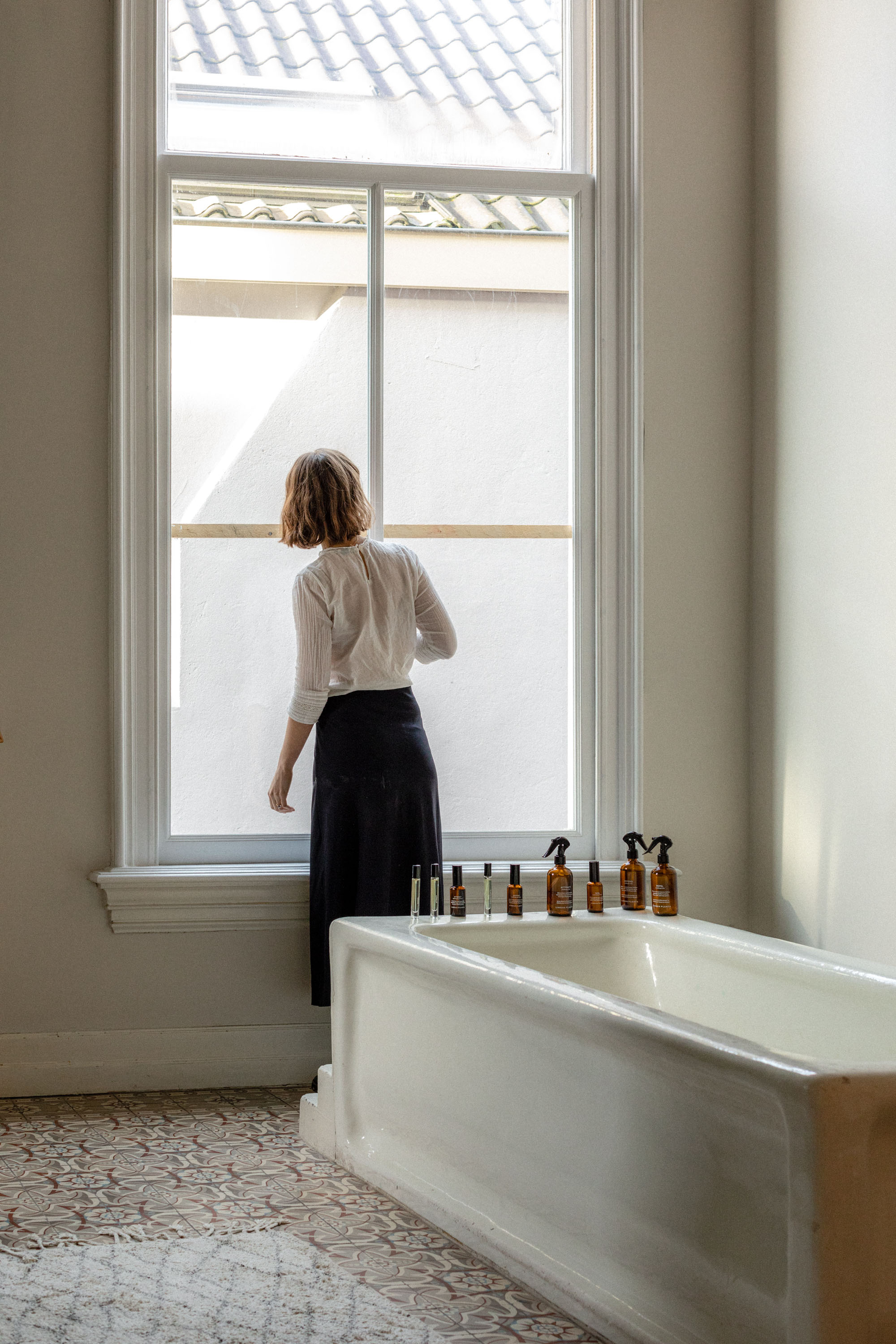
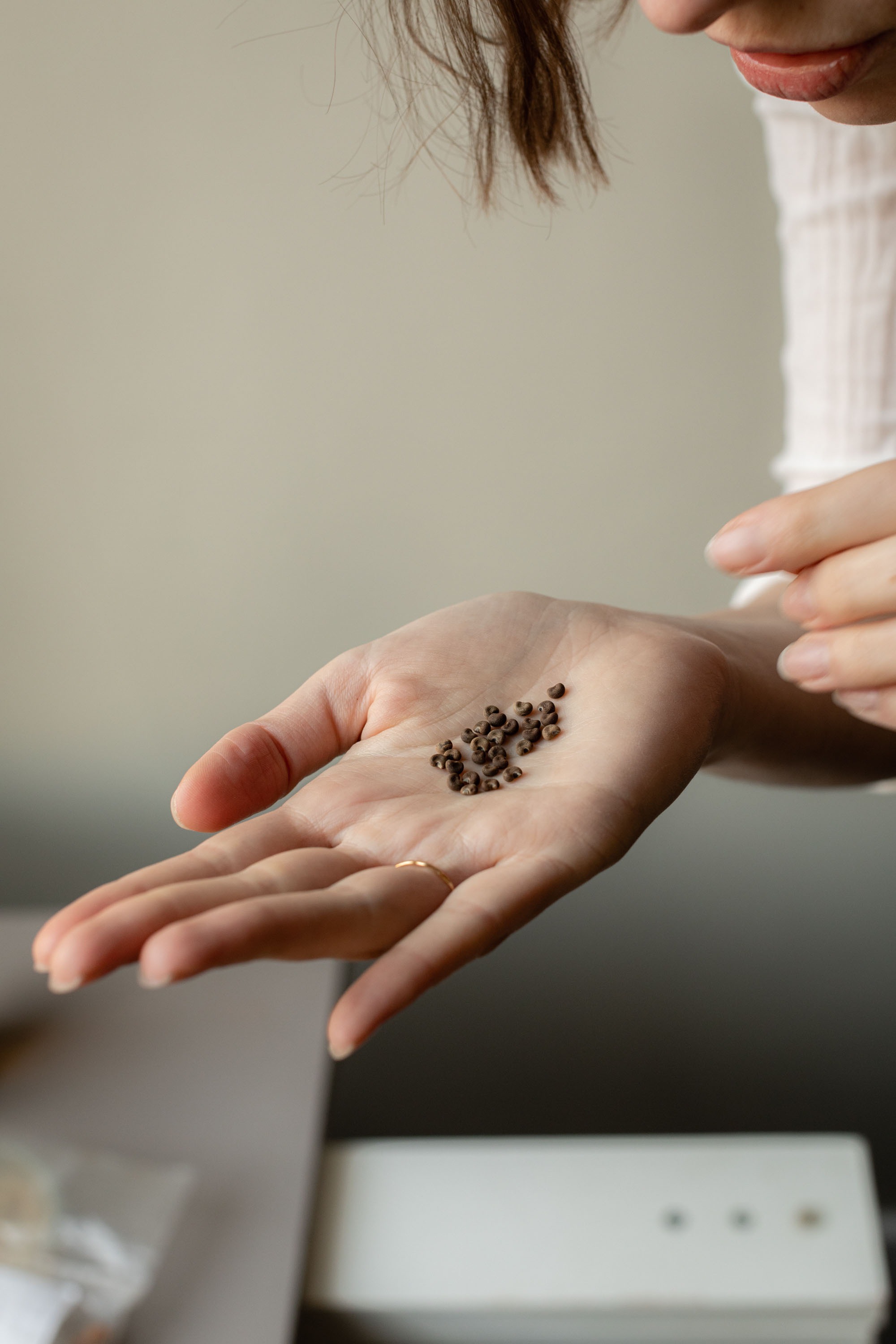
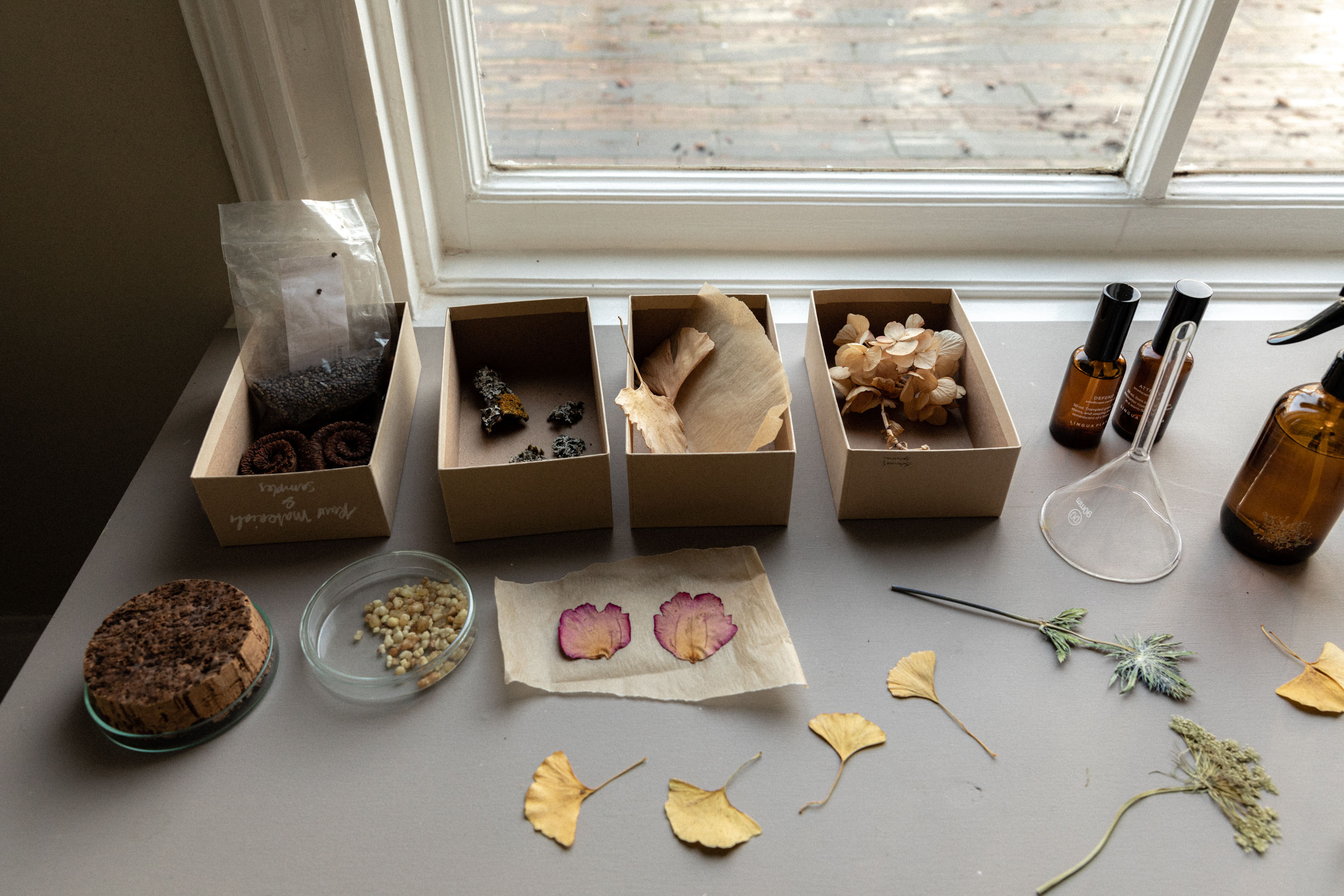
Not only does her work seem to be a reflection of who she is, but its multifaceted nature brings us much closer to ourselves. In her work What’s in a tear (rings featuring ‘tear stones’ which are created by extracting minerals from human tears), Merle creates unique conversation pieces that shed light on our (in)ability to show emotions and shed a tear or two in public. “When we show our true emotions instead of suppressing them, it’s much easier to connect with and understand each other.” By effortlessly weaving scientific study and design, Merle makes us more aware of ourselves and the world around us.
